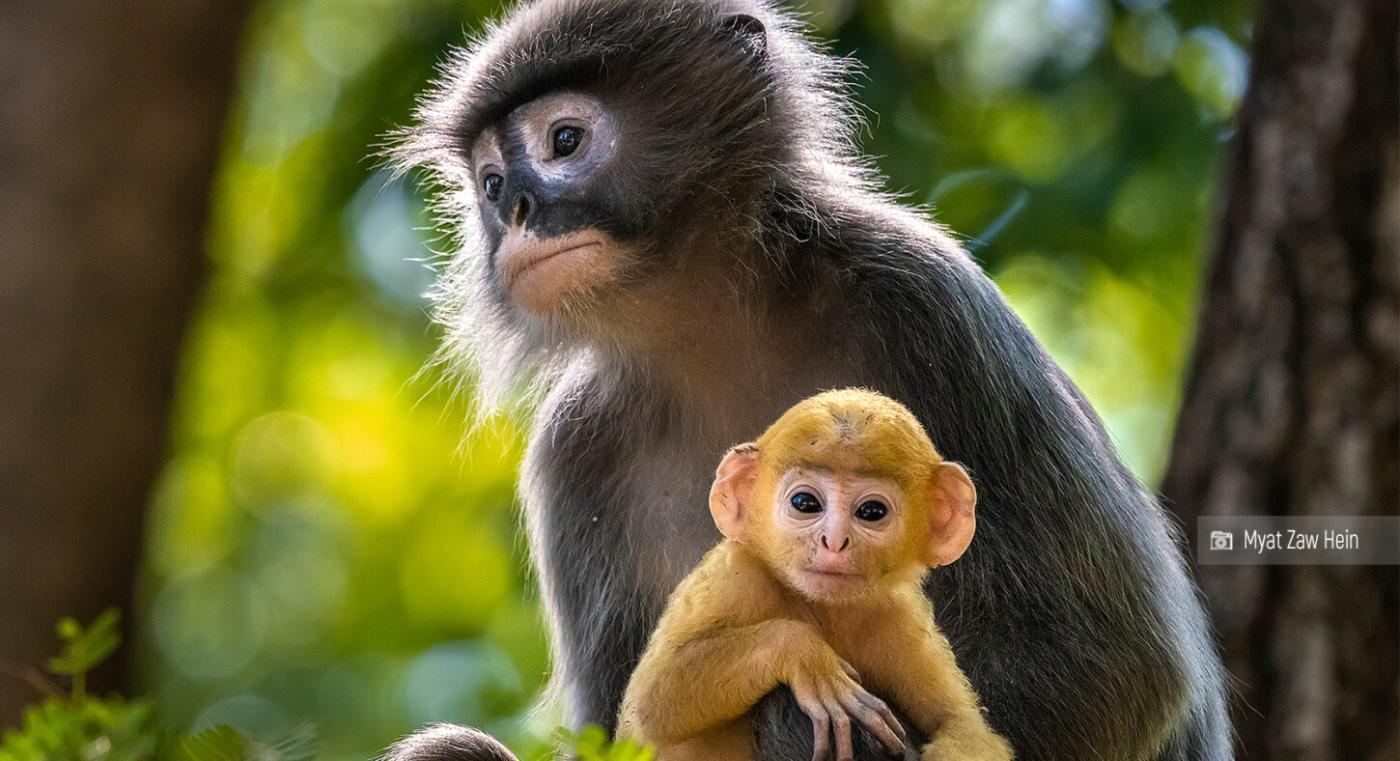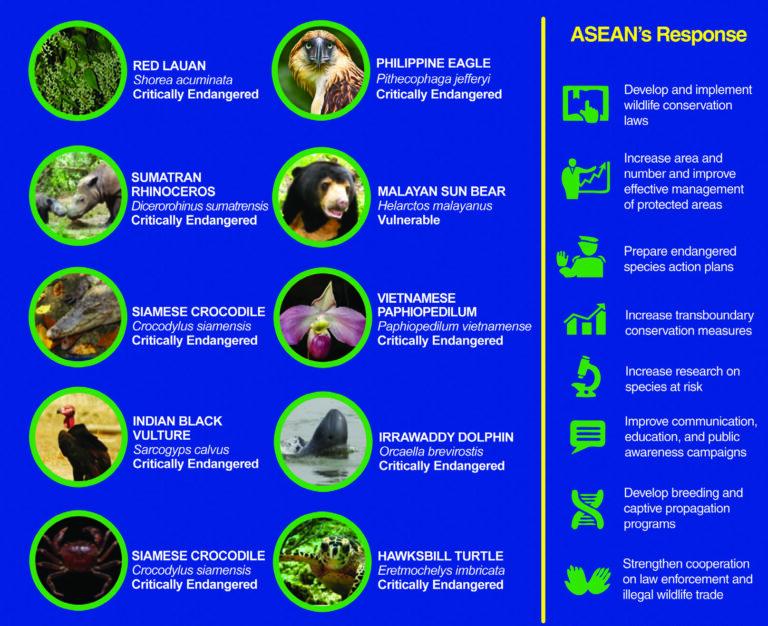CELEBRATING PARTNERSHIPS FOR WILDLIFE CONSERVATION



Dr. Theresa Mundita S. Lim
Executive Director, ASEAN Centre for Biodiversity
Based on fossil records and current data, scientists have determined that we are already losing a substantial number of species within a short geological period, suggesting that we may be on the verge of a sixth mass extinction. But unlike prehistoric extinctions, the dire situation we are in now, as far as species diversity is concerned, is highly avoidable.
What brought us here can be traced to the choices we, as humanity, have made throughout our history.
Now, with the wisdom of hindsight and the benefit of modern research and science and technology, we have a better appreciation of how having a harmonious co-existence with nature and other species is vital to our survival and our way of life.
A region brimming with life
With the theme, ”Partnerships for wildlife conservation,” this year’s World Wildlife Day is a celebration of multi-stakeholder collaborations for the protection and conservation of the planet’s plant and animal species. As a region as biodiverse as ASEAN, with over 25 per cent of the world’s known plant and animal species, we really need to work together to significantly reduce the risk of extinction of these species, as they are essential to the health of ecosystems from which we derive all of our needs to survive.
The ASEAN region’s high species diversity and high mean country endemic proportions emphasise the region’s significance for conservation. New species members under major taxa continue to be discovered in the remaining intact natural ecosystems in the region. In fact, in 2020, a global report revealed that over 200 new species were discovered in the Greater Mekong region alone. Just last year, two new hedgehog species were discovered in Mindanao, the southern part of the Philippines.
However, the conservation of this myriad of species remains a challenge since we are still faced with enormous threats such as poaching, illegal wildlife trade, and habitat loss.

Some of the critically endangered and vulnerable species in the ASEAN region
and ASEAN’s response to the situation
ASEAN’s response
The ASEAN Centre for Biodiversity, together with the ASEAN Member States, implements a number of initiatives for wildlife conservation. These include the ASEAN Flyway Network that is being led by Singapore, a project that is designed to protect migratory birds and the wetlands that serve as their habitats.
The ACB also serves as the secretariat of the ASEAN Heritage Parks (AHP) Programme, a flagship initiative of the ASEAN that promotes effective protected area management and the conservation and preservation of both the cultural and natural heritage of this network of outstanding PAs. To date, there are 55 AHPs in the region that have been recognised for their biological and ecological abundance and diversity. The AHPs are being supported by various partners of the ACB such as the European Union through the “Biodiversity Conservation and Management of Protected Areas in ASEAN (BCAMP)” project; and the Federal Government of Germany through the KfW by providing small and micro grants for conservation and livelihood projects for local communities within and around the AHPs. These projects support activities focusing on effective park management, law enforcement, ecotourism, habitat and species management, policy development, wildlife research and monitoring, community development, and community outreach and conservation awareness.
The ASEAN Green Initiative, a recognition programme intended to promote the restoration and conservation of habitats by planting native species of trees, is another effort of the region to keep its wild flora and fauna in their natural environment.
Through a collaboration with Japan, ASEAN is also enhancing the taxonomic capacity of the member states by conducting training sessions on DNA barcoding and by producing taxonomy manuals and field guides. This is the region’s effort to promote the use of technology to better comprehend our biological resources and the numerous physical and intangible benefits humans may obtain from them. Taxonomic information is also useful in identifying proper conservation measures, as well as in detecting and controlling invasive alien species.
In all of these undertakings, we recognise that no single generation should have a monopoly of the benefits we derive from our wildlife resources; thus, the ASEAN considers the youth as vital partners in meeting our biodiversity goals. In consonance with this, the ACB is institutionalising its ASEAN Youth Biodiversity Programme (AYBP), a programme that engages the youth in the region to more actively participate in biodiversity action in the region. Under AYBP are notable sub-programmes such as the Young ASEAN Storytellers, where 20 talented and skilled young leaders created powerful stories of conservation from 11 ASEAN Heritage Parks. There is also the Young Biodiversity Leaders cohort, which provides in-depth capacity building and mentorship for youth leaders in biodiversity and increases youth participation in biodiversity governance while strengthening youth-led conservation efforts.
The region is also pushing for mainstreaming biodiversity within and across sectors such as business, tourism, agriculture, and health, among others, to ensure that conservation measures are incorporated into development processes.
Addressing illegal wildlife trade as this year’s theme connotes, requires strong partnerships. For the ACB, we highlight the value of engaging as many sectors as possible in protecting our wildlife resources in their natural habitat, and preventing wildlife trafficking at source.

